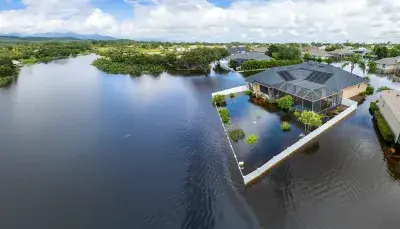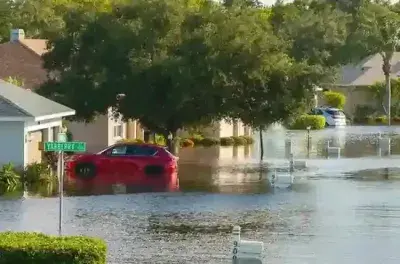Everyday Tips & Expert Guidance.
Learn about the insurance industry and prepare for the unexpected with helpful Orion180 articles.
2025 Hurricane Season Preparedness Checklist
Table of ContentsHomeowner Hurricane Prep Checklist1. Emergency Supply Kit2....

Prevent Frozen Pipes This Winter and What to Do If They Freeze
...
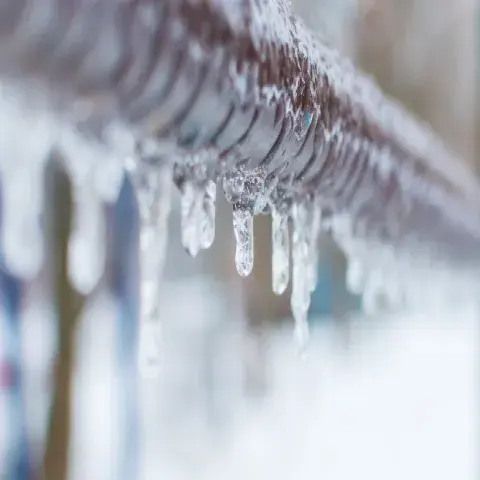
6 Tips to Plan and Prepare Ahead of Hurricane Season
As a homeowner, it is crucial to protect your property and ensure your family’s safety by ...

Preparing for Hurricane Season
Hurricane season- like a bad penny or your ex that just can’t take a hint, it seems to sho...

How to prepare for a Hurricane Emergency
Hurricane season starts at the beginning of June and can run through the end of November. ...
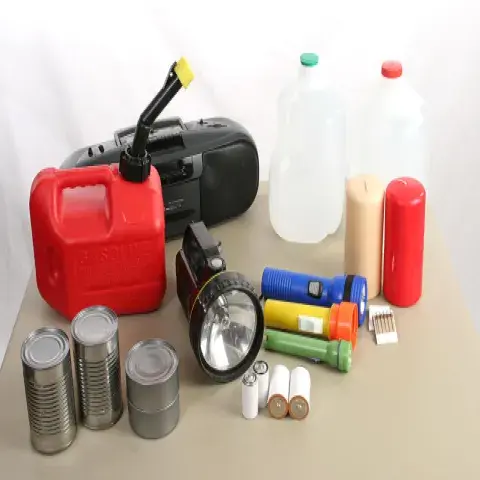
Be Prepared: Your Hurricane Preparedness Checklist
Hurricanes are a natural disaster that can cause significant damage and destruction to hom...

Trusted Emergency Resource Links: Be Prepared and Informed
In the event of an emergency or disaster, having access to reliable information and resour...

What is Flood Insurance?
Floods are one of nature’s most destructive forces, often catching homeowners off guard. W...
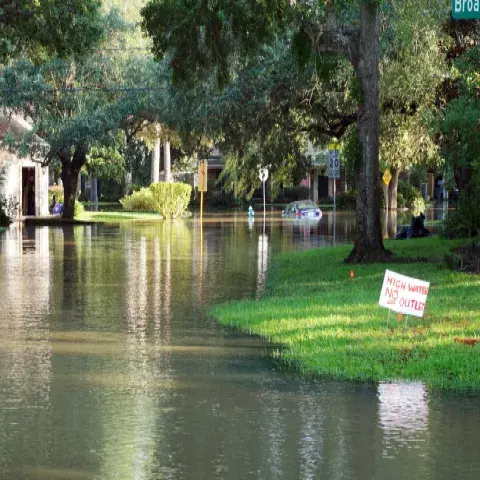
What Are the Different Types of Flood Insurance?
Flood insurance is an essential safeguard against the financial impact of flood-related da...

Steps to Take After a Flood: Filing a Claim
A flood can be overwhelming, but taking the right steps afterward can significantly enhanc...

How to Assess Your Home’s Flood Risk
Flooding is one of the most common and costly disasters homeowners face, with damages that...
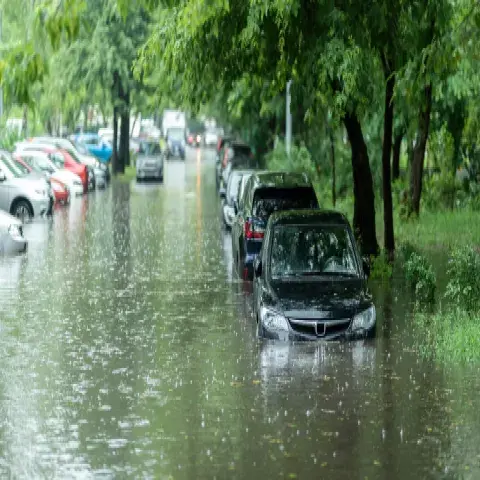
Top 10 Myths About Flood Insurance
Flood insurance is vital for protecting homes and businesses, yet it’s often misunderstood...
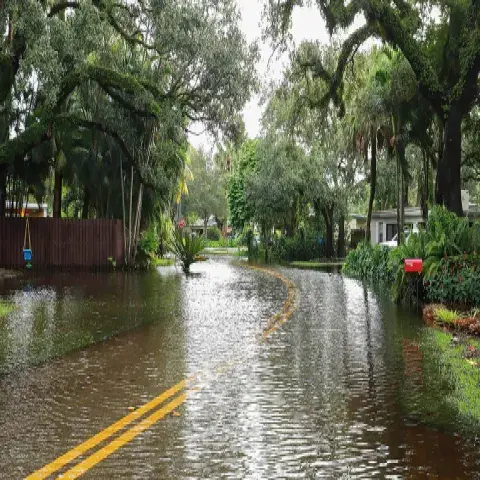
Do You Live in a Flood-Prone Area? Understanding Your Flood Risk
Knowing your flood risk is crucial for protecting your property and ensuring your safety. ...
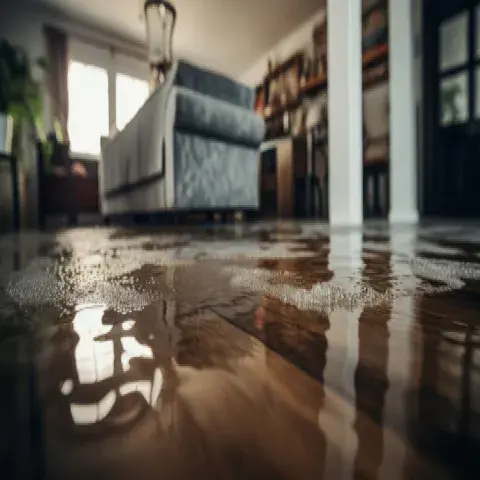
Celebrate Fourth of July Safely at Home: Fireworks Tips for Homeowners and Family Care
Celebrate Fourth of July Safely at Home: Fireworks Tips for Homeowners and Family Care ...

Why You Shouldn’t Keep Electronic Vehicles in Your Garage During Seasonal Weather Events
Executive Summary: With the rise of electric vehicles (EVs), it’s important to understand ...

From Drips to Disaster: Navigating Indoor and Outdoor Plumbing Leaks at Home
Plumbing leaks can range from a minor annoyance to a major catastrophe, causing damage to ...
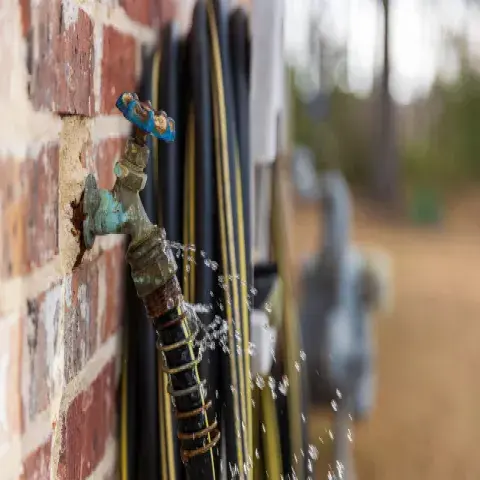
Ten Tips for Arizona Fire-Resistant Landscaping
Living in Arizona is a unique experience, offering summer nights to enjoy, abundant sunshi...

Identify a Home’s Plumbing and Its Impact on Your Insurance Coverage
Understanding the types of plumbing in a home is not only essential for maintenance and ma...
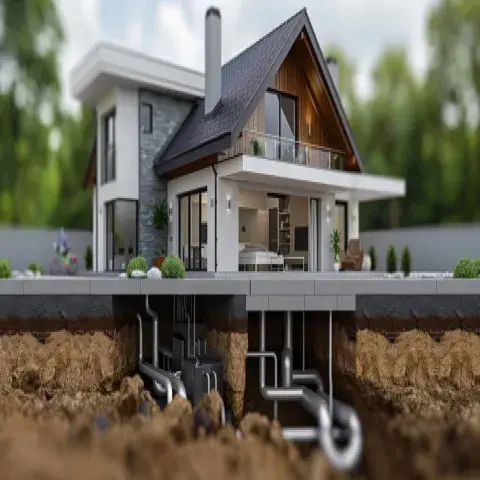
Buried Utility Line Coverage for Indiana Residents
What is Buried Utility Line Coverage?Buried Utility Line Coverage is a specialized insuran...
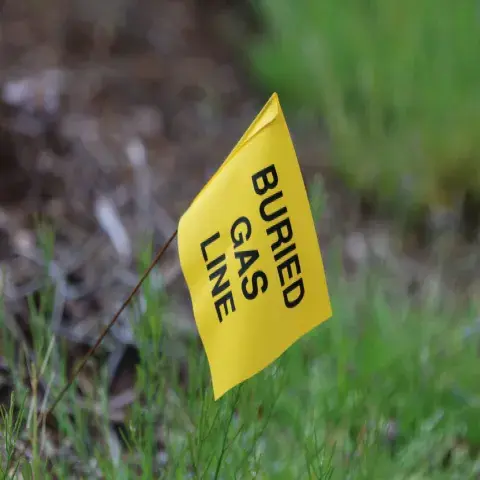
Grill & Chill: Essential Memorial Day BBQ Safety Tips for a Fun and Safe Celebration at Home
Grill & Chill: Essential Memorial Day BBQ Safety Tips for a Fun and Safe Celebration a...

How to Identify Your Home’s Structural Risks in Hurricane-Prone Areas
How to Identify Your Home’s Structural Risks in Hurricane-Prone Areas ...
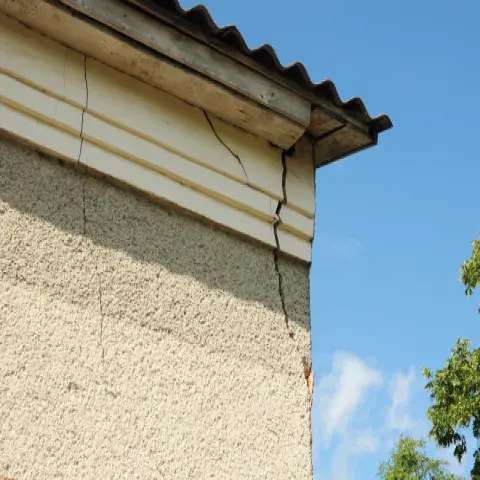
Hurricane forecasts and alerts: What coastal residents need to know
Living on the coast offers picturesque views and unique lifestyle opportunities, but it al...

What Every Pet Owner Needs to Know Before a Hurricane
As hurricane season approaches, the safety of your furry friends should be a top priority....

Protecting Your Home from Wildfires – Arizona Fire Prevention Strategies
Protecting Your Home from Wildfires: Fire Prevention Strategies for Arizona Residents ...

Choosing the Right Roofing Material for Arizona’s Climate: Pros and Cons
Choosing the Right Roofing Material for Arizona’s Climate: Pros and Cons ...
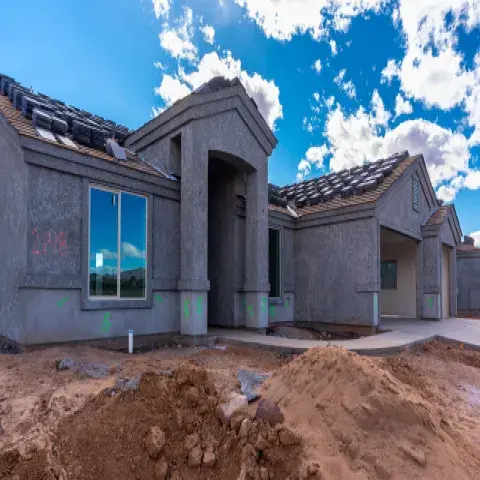
Beat the Arizona Heat, Not Your Budget
Beat the Arizona Heat, Not Your Budget: Energy-Saving Tips for Savvy Homeowners ...

The Hidden Dangers of Trees: How Invasive Roots Can Damage Your Buried Utility Lines
Trees are a beautiful addition to any yard, providing shade, beauty, and a sense of tranqu...
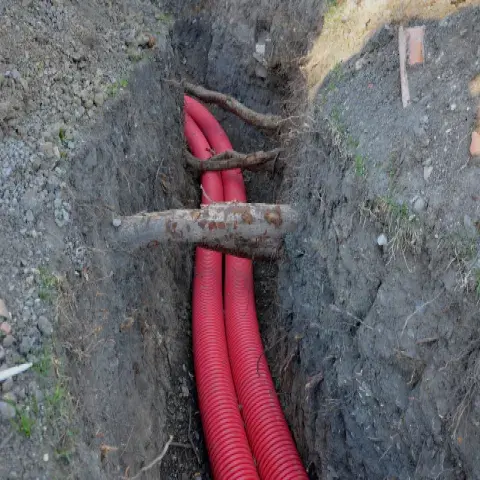
DIY or Hire a Pro? Navigating Spring Home Maintenance Needs
Spring’s arrival brings a renewed sense of energy, and that often translates to a desire t...
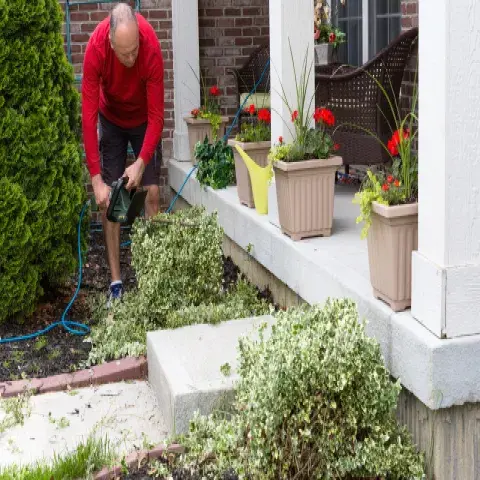
Stop Plumbing Panic: Easy Checklist Hacks for a Smooth-Flowing Home
Maintaining your home’s plumbing system is essential for avoiding costly repairs and ensur...

Bottoms Up! Decoding the Generational Shifts in Liquor Collecting
The clinking of glasses across generations, the appreciation of a well-aged spirit – liquo...

Score Big: Unveiling the Winning Playbook for Super Bowl Memorabilia Collecting!
Ready to take your love for the Super Bowl to the next level? Dive into the exhilarating w...

Landlord Insurance vs. Homeowner’s Insurance: Don’t Mix Up Your Keys When Renting Out Your Home!
So, you’re ready to unlock the potential of your property by renting it out? Fantastic! Bu...

The Silent Threat: Unveiling the Top Dangers of Space Heaters
Space heaters have become a popular solution for keeping homes warm, especially during the...
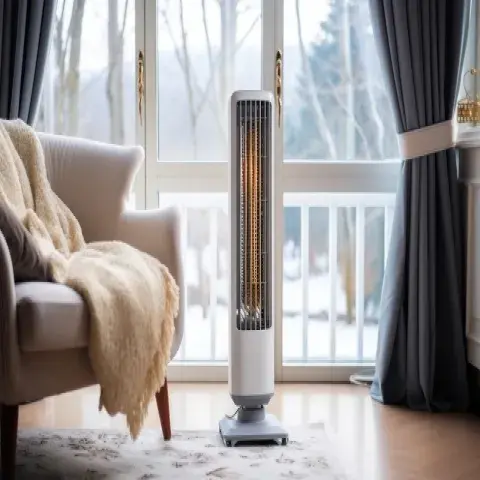
Winter Wonderland or Plumbing Nightmare? Avoid the Hassle of Frozen Pipes
Winter Wonderland or Plumbing Nightmare? Avoid the Hassle of Frozen Pipes ...
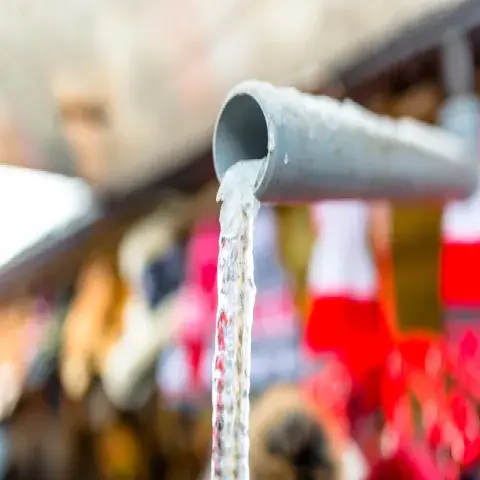
Top 4 Benefits of Having a Flood Policy
Floods can cause devastating damage to homes and properties, leading to significant financ...
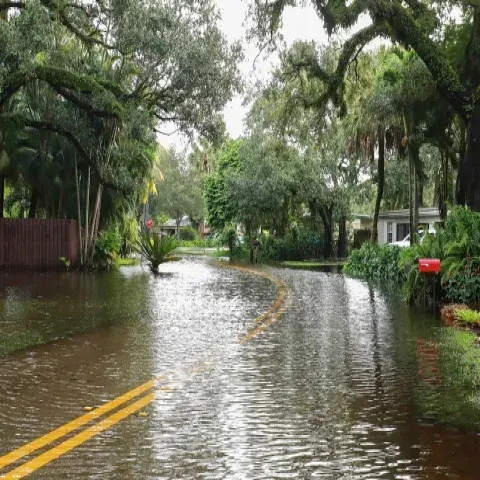
Beyond the Backpack: Protect Your Child’s School Technology
Beyond the Backpack: Protect Your Child’s School Technology ...

Top 5 Reasons to Have a Safe Room
A safe room, also known as a storm shelter or tornado shelter, is a fortified room designe...

Winterizing Your Roof: Must-Have Safety Tips for Homeowners
As winter approaches, preparing your home for the colder months becomes a top priority. On...

Embrace the Cozy Season: Protect Your Home, Kitchen, and Electronics
Embrace the Cozy Season: Protect Your Home, Kitchen, and ElectronicsFall is here, and with...

What You Need to Know About Home Fire Risks from Lithium Batteries
Lithium-ion batteries have become an indispensable part of modern life, powering everythin...

Powering Up the Holidays: What You Need to Know About Lithium Batteries in Kids Toys
The holiday season is upon us, and with the joy of gift-giving comes a plethora of toys th...

Prevent Chimney Fires This Winter: A How-To Guide to Safety and Preparedness
As the chilly winter months approach and the allure of cozy fireplaces beckons, it’s cruci...

12 Anti-Blaze Tips for a Safe and Happy Thanksgiving
Thanksgiving is a time for family, friends, and food. But it’s also a time for increased f...

Fall Home Maintenance Checklist
As the leaves start to change and the air turns crisp, it’s time to prepare your home for ...

A Cozy Checklist for Your Cozy Fall Home
As the leaves begin their graceful descent from the trees and a chill creeps into the air,...

The Top Home Damages Caused by Poor HVAC Maintenance
Your home’s HVAC (Heating, Ventilation, and Air Conditioning) system is essential for main...
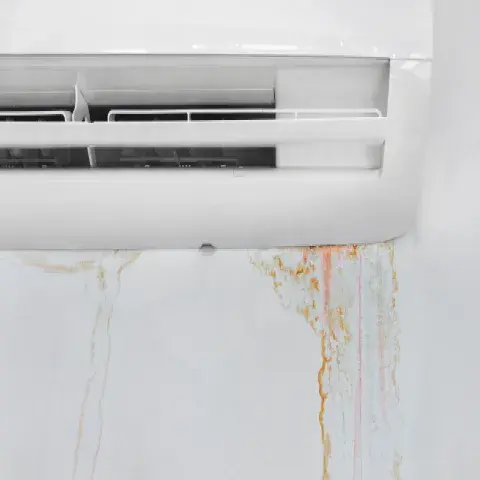
HVAC Systems: Leakage, Repair, and Maintenance Tips
Your heating, ventilation, and air conditioning (HVAC) system is one of the most important...

8 Signs It Is Time to Replace Your Roof
There are several signs that indicate it may be time to replace the roof of your home. Her...
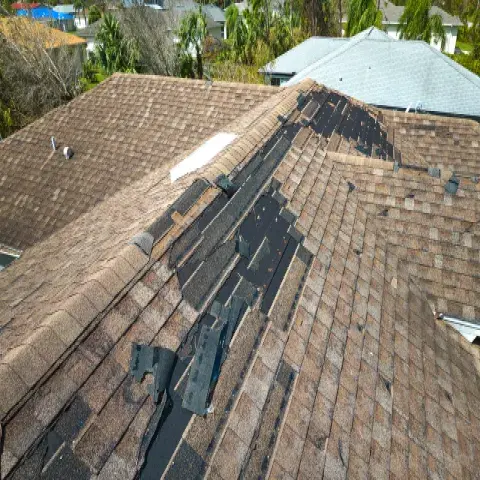
Coverage F – Medical Payments to Others
What is Coverage F?Coverage F in a homeowners insurance policy is medical payments to othe...

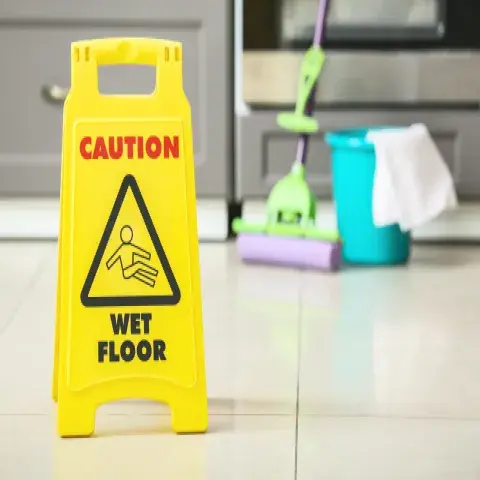

Coverage C – Personal Property
What is Coverage C?Coverage C, also known as personal property coverage, is a part of your...

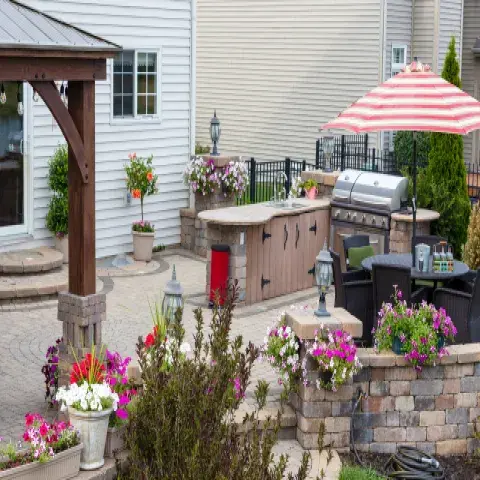
Home Inventory: Garage Checklist
Here’s a list of common items you may need to include in your home inventory for the garag...

Home Inventory: Laundry & Storage Checklist
Here’s a list of common items you may need to include in your home inventory for the laund...

Orion180 CEO joins “The Insurance Guys” in a tell-all podcast!
In a recent insurance industry podcast hosted by “The Insurance Guys” Scott Howell and Bra...

Home Inventory: Bathrooms Checklist
Here’s a list of common items you may need to include in your home inventory for the bathr...

Home Inventory: Bedrooms Checklist
Your bedroom is a space of comfort and personal expression, housing both functional and va...

Home Inventory: Living Room Checklist
Here is a list of common living room items that you may need to include in your home inven...

Home Inventory: What Is It and How to Get Started?
Accidents and disasters can strike at any moment, leaving your home and belongings vulnera...

Home Inventory: Kitchen & Dining Checklist
Here is a list of common kitchen and dining items that you may need to include in your hom...

10 Ways to Protect Yourself from Post-Disaster Scams
Natural disasters like hurricanes and tornados can be devastating, causing significant dam...
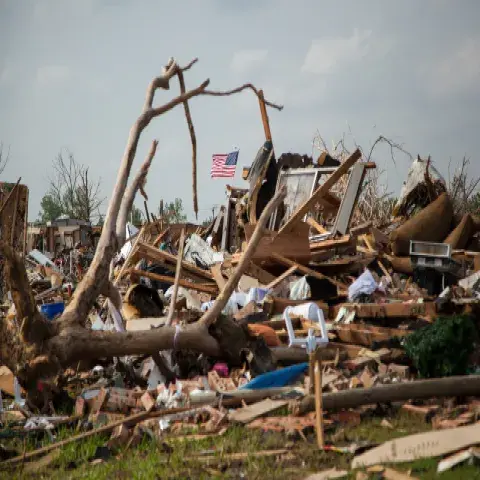
From the Inside Out: The Ultimate Home Maintenance Checklist
As a homeowner, it is important to take care of your home to ensure that it remains comfor...

Coverage A – Dwelling
Homeowner insurance policies provide essential protection for your home and personal prope...

Making the Most of Technology for a More Efficient Virtual Home Assessment
The virtual home assessment is a convenient and efficient way to assess the condition of y...

Home Inspection with Orion180 & Chrp Tech – Virtual DIY with AI
As a homeowner, preparing for a home inspection from your insurance carrier is critical to...

Holiday Home Safety List and Tips
Along with all of the warm memories, great meals, and shiny new gifts that come with the h...

What To Do If You Have A Homeowners Claim in Process
It should be simple to file and process a homeowner’s claim. Orion180 is a home insurance ...
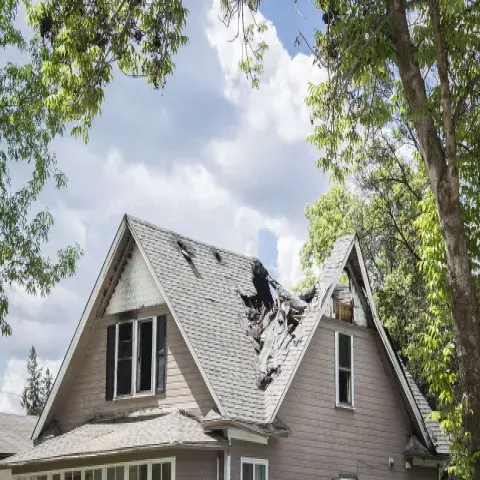
Is Your Home Insurance Ready for Winter? Find the Coverage You Need
Homeowners face different challenges with every season as they try to make their homes com...
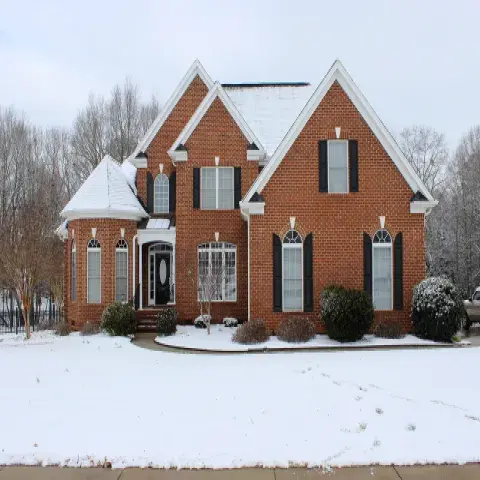
New Homeowners Help: Tips to Buying Insurance
Buying the best homeowners insurance, as a new homeowner, can be stressful. You’re probabl...

Roof Types and Your Home Insurance Quotes
Did you know that the type of roof you have on your home can make a difference in your hom...
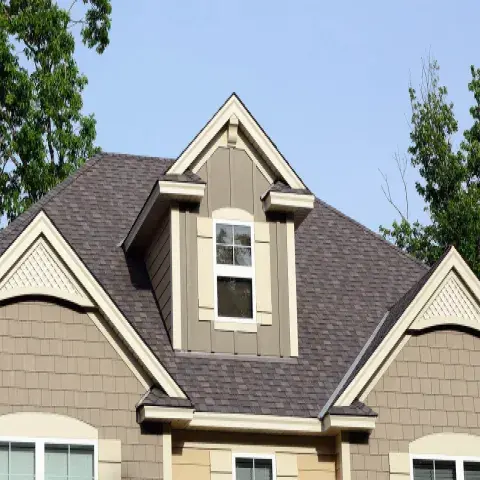
How to Prepare for a Home Insurance Inspection
The home you live in is one of the biggest investments you’ll ever make. Part of keeping t...
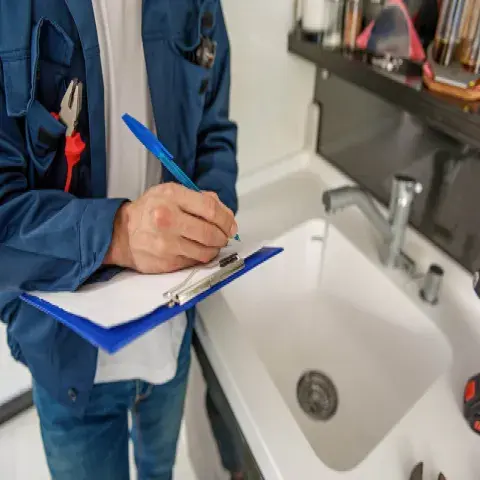
Does Your Roof Need Repair Or Replacement?
Most experts recommend every homeowner conduct an annual inspection on their roof. If the ...

Which is Best? Homeowners Or Flood Policy?
Flood Damage - This typically originates from plumbing issues such as a backed-up toilet o...

Outdated Electrical System, Does it Matter at Home?
Why does it matter what type of electrical system I have in my home? ...
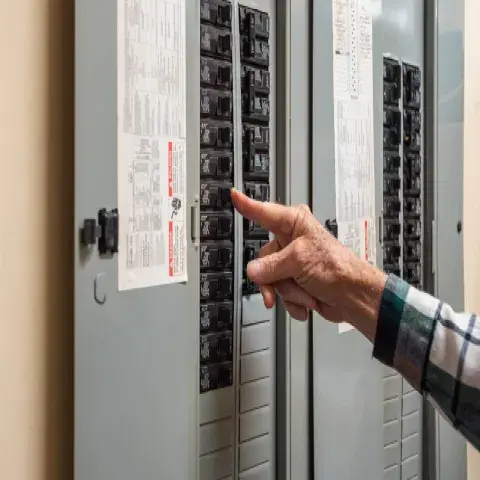
Home Maintenance Tips For Wise Homeowners
A home is one of your most valuable possessions. In all honesty, the house you live in is ...

Is Financial Strength important when choosing your Insurance Carrier?
How will I know if my Insurance Coverage Company is financially strong? ...

Different Roof Materials for Your Home
You have decided to replace your roof and now need to choose the best type of roofing mate...
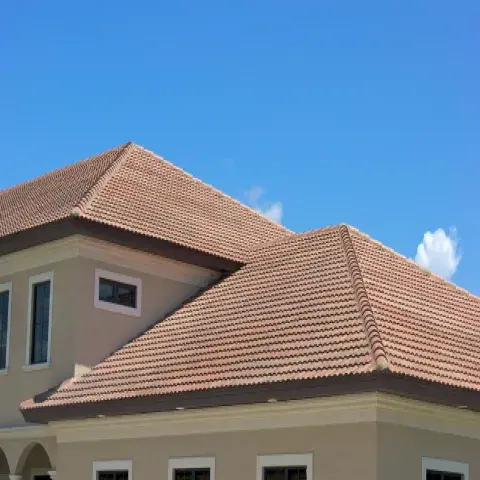
I Called In My Insurance Claim, Now What Happens in the Process?
The Homeowners 3 Special Form is the base policy for many carriers. Your homeowners insura...

Assignment of Benefits
You are being asked to sign an Assignment of Benefits (AOB). What is it and what should yo...
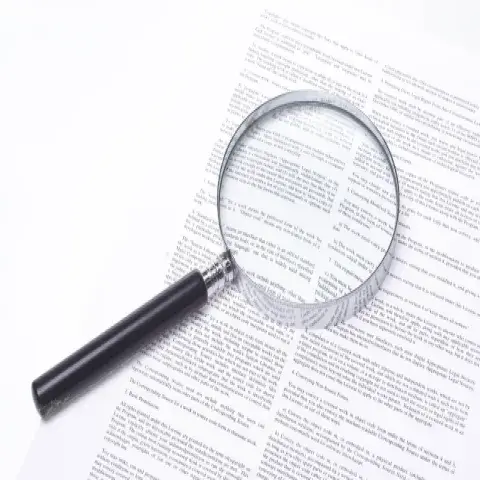
Admitted Versus Non-Admitted Insurance Policy Information Explained
Most people believe that the Insurance Companies are either admitted or non-admitted. This...


